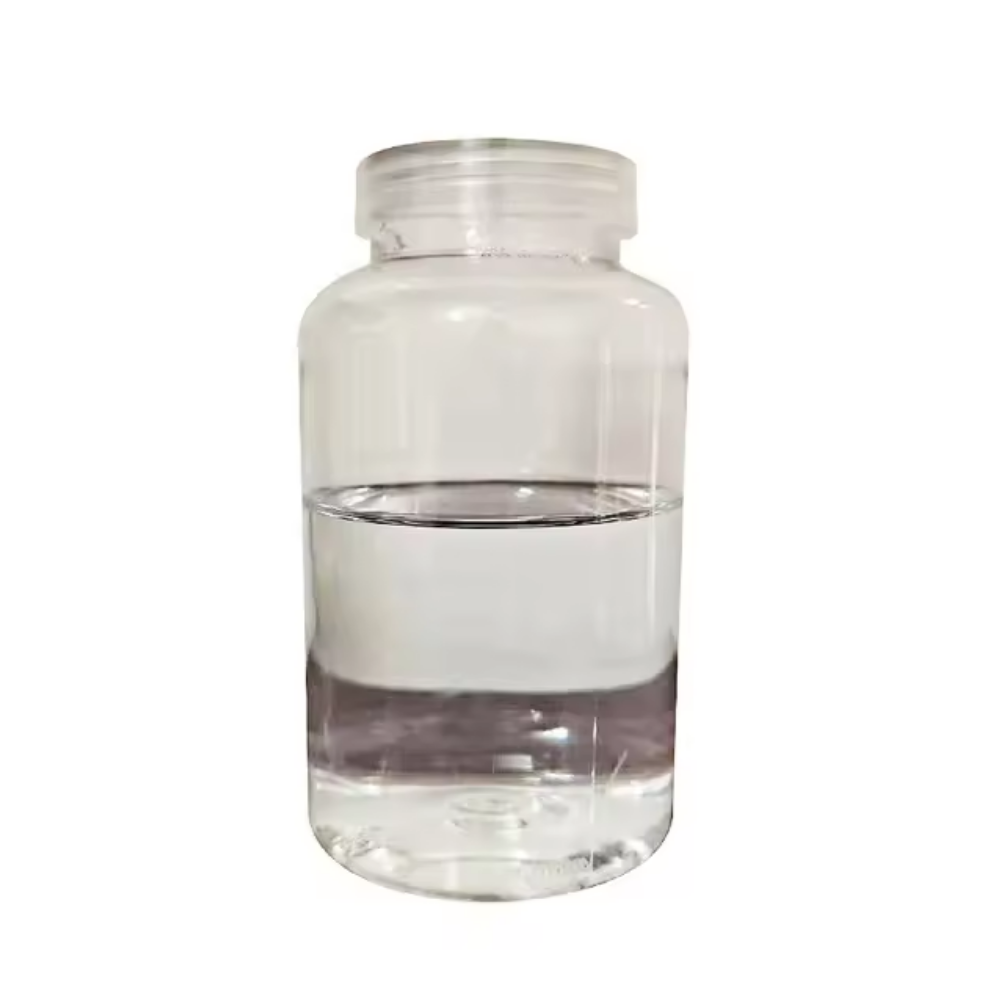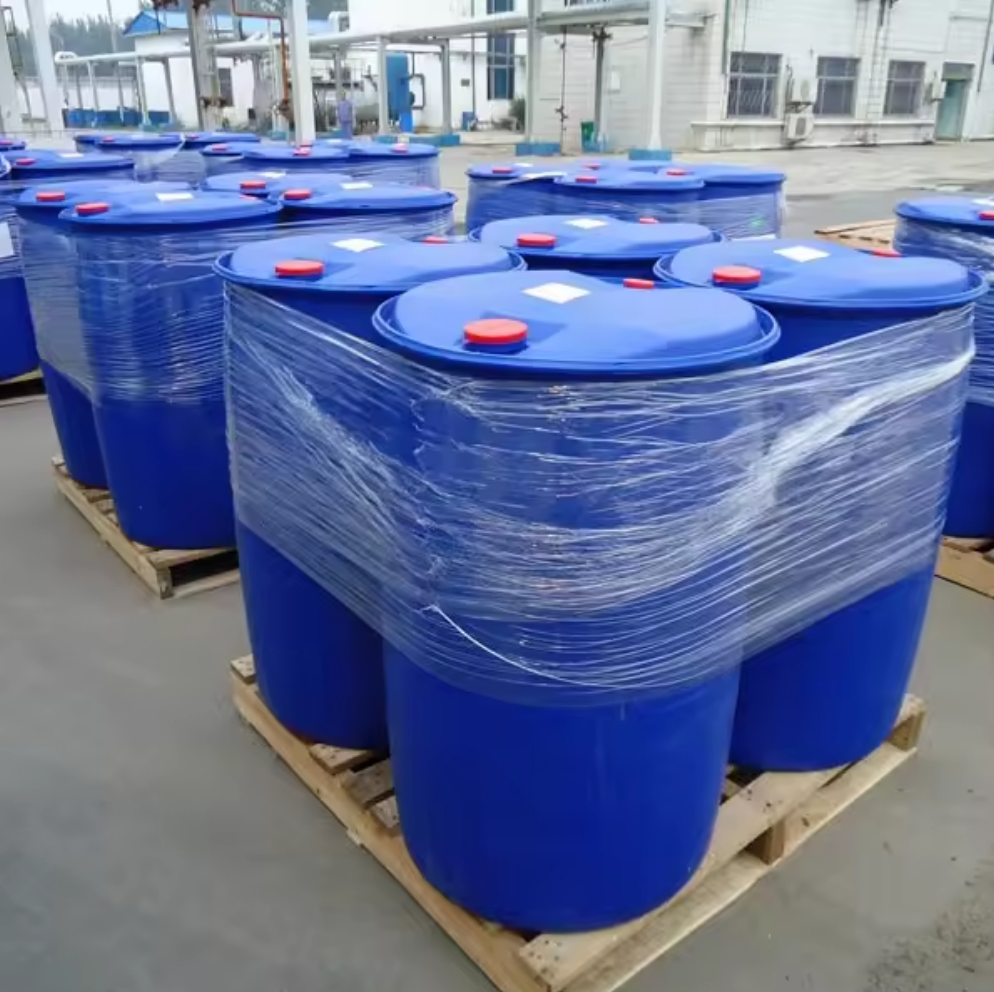zoom
Methyl Formate
-
Category:
Specialty Chemicals
Your Questions and Comments
Your sales and customer service desk partners within China Amines Co will continue to serve you. You can also contact us via our headquarter office-
Email:info@chinaamines.com
China Amines Co
Product Profile
Methyl Formate (Methyl Methanoate)
CAS No.: 107-31-3
Synonyms / IUPAC Name: Methyl Formate, Methyl Methanoate
Molecular Formula: C₂H₄O₂
Molecular Weight: ~ 60.05 g/mol
Physicochemical Properties (Typical)
- Appearance: Colorless, clear liquid
- Odor: Pleasant, ethereal or fruity scent
- Melting / Freezing Point: ~ –100 °C
- Boiling Point: ~ 31.5 – 32.0 °C
- Density (20 °C): ~ 0.97 – 0.98 g/cm³
- Vapor Pressure (20 °C): ~ 634 hPa (~ 476 mmHg)
- Solubility in Water (20 °C): ~ 30% (approx. 300 g/L)
- Miscibility: Fully miscible with ethanol, ether, acetone, and many organic solvents
- Flash Point (closed cup): ~ –20 °C
- Explosive / Flammable Limits (v/v in air): ~ 4.5% (lower) to ~ 23% (upper)
- Vapor Density (air = 1): ~ 2.1
- Refractive Index (n²⁰ᴰ): ~ 1.343
- Stability: Stable under normal conditions; can slowly hydrolyze with water to form formic acid and methanol
Purity & Quality Standards
- Purity (by GC or equivalent): ≥ 98.0% (or as required)
- Water / Moisture Content: ≤ 0.01% (or as specified)
- Non-volatile Residue: ≤ 0.0005%
- Impurity / Residuals: Strictly controlled, minimal by-products
- Analytical Methods: Gas chromatography, spectroscopy, titration where applicable
- Documentation: Certificate of Analysis (COA) and Safety Data Sheet (SDS) provided
Applications / Uses
- Solvent in coatings, adhesives, inks, and degreasing operations
- Chemical intermediate for synthesis of esters, formates, and fine chemicals
- Blowing agent in polymer foaming (e.g. polyurethane)
- Fumigant / insecticidal agent (used in certain commodity storage operations)
- Additive or reactive component in formulations under controlled conditions
Safety & Handling
- Hazard Classification: Highly flammable liquid, Class 3
- Health Hazards: Irritation to eyes, skin, respiratory system; inhalation may cause central nervous system effects (dizziness, headache)
- Exposure Limits (typical): TWA = 100 ppm; STEL = 150 ppm; IDLH = 4500 ppm
- Precautions: Use in well-ventilated areas; avoid spark, flame, electric discharge; wear gloves, goggles, and suitable respirator if necessary
- Fire & Explosion: Vapors heavier than air may spread and flash back; avoid ignition sources; use explosion-proof equipment
- Incompatibilities: Strong oxidizers, bases, acids, metal salts
- Decomposition Products: Under fire conditions may generate carbon oxides, formic acid, methanol
- First Aid:
- Inhalation – Move to fresh air
- Skin – Wash with water and soap
- Eyes – Rinse thoroughly
- Ingestion – Seek immediate medical attention
Packaging & Storage
- Packaging: Sealed, compatible containers (metal drums, lined steel, solvent-resistant vessels)
- Storage Conditions: Cool, dry, and well-ventilated; avoid heat, sunlight, and ignition sources
- Container Closure: Keep tightly closed when not in use
- Storage Temperature: Preferably below 30 °C
- Shelf Life: 12–24 months under proper storage conditions



